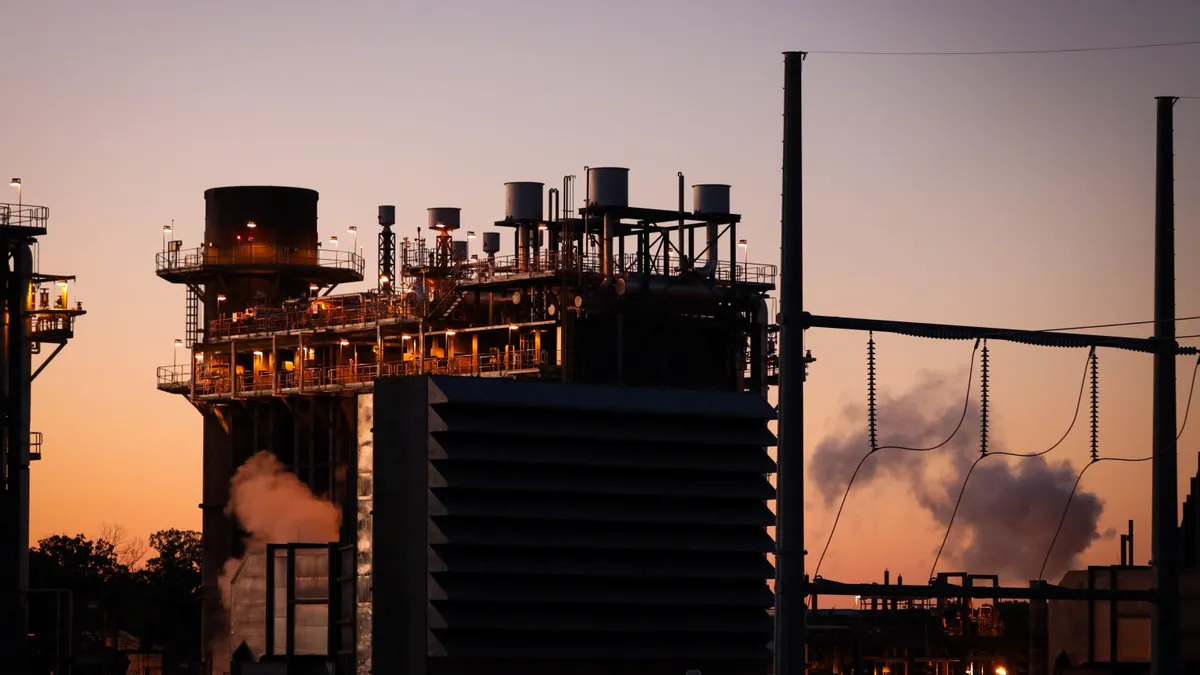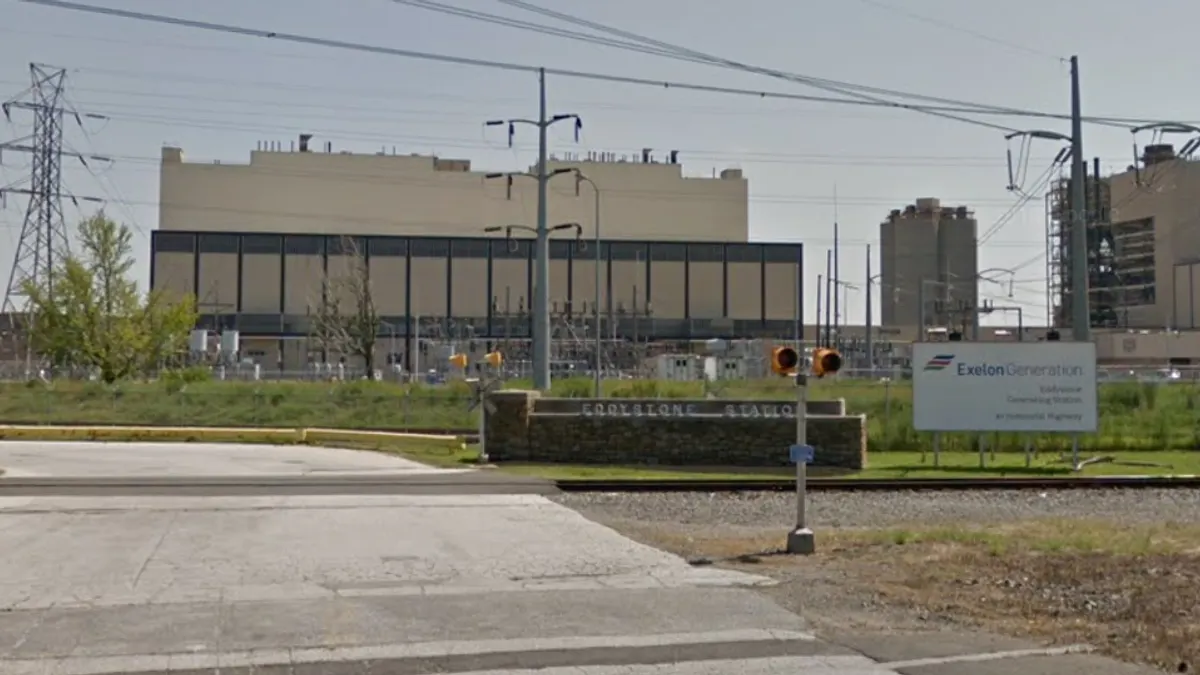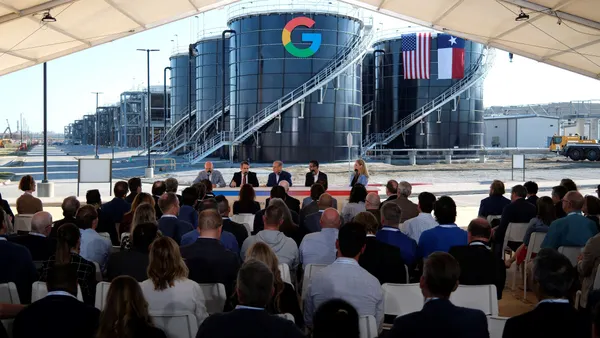Dive Brief:
- New York could take a page from Ontario’s playbook and deploy multiple reactors to reach and possibly exceed the 1-GW target Democratic Gov. Kathy Hochul announced on Monday, analysts with Clean Air Task Force said in an interview.
- Whether the New York Power Authority ultimately selects a large light-water reactor like the Westinghouse AP1000 or multiple units of a small modular design like the GE Hitachi BWRX-300, lessons learned on recent and ongoing nuclear builds could translate to lower final costs, said John Carlson, CATF’s senior Northeast regional policy manager.
- That could enable a “fleet-style approach” to deployment similar to Ontario Power Generation’s plan to build four 300-MW BWRX-300 reactors in sequence, lowering the final cost per unit, said Victor Ibarra, senior manager for CATF’s advanced nuclear energy program. On Monday, Hochul said the plan would “allow for future collaboration with other states and Ontario.”
Dive Insight:
Gov. Hochul on Monday directed NYPA and the New York Department of Public Service “to develop at least one new nuclear energy facility with a combined capacity of no less than one gigawatt of electricity, either alone or in partnership with private entities,” in upstate New York.
As governor, Hochul has considerable influence over NYPA, the state-owned electric utility. In February, for example, she “demand[ed]” NYPA suspend a proposed rate hike.
Hochul’s announcement made no mention of specific reactor types or designs, but the suggestion that multiple plants could be in the offing suggests NYPA could consider small modular designs alongside a large light-water reactor, Ibarra said.
“It’s good that they’re taking a minute to explore both options,” Carlson said. “I don’t think they know which one is most beneficial yet.”
Hochul said NYPA would immediately begin evaluating “technologies, business models and locations” for the first plant. The preconstruction process will include detailed technology feasibility assessments, evaluation of financing options and site suitability assessments “based on public safety, strength of community support, compatibility with existing infrastructure, as well as skilled labor and land availability,” she said.
But Hochul gave no timeline for construction to begin. New York has a statutory mandate for 100% carbon-free electricity by 2040 and an interim goal of 70% carbon-free power by 2030, which it risks missing as its offshore wind industry sputters.
History suggests a roughly decade-long timeline from technology selection to plant commissioning, or about 2035 “if they chose a design tomorrow,” Ibarra said.
Nevertheless, New York’s nuclear ambitions are serious, he said. The state is one of five state co-chairs of the Advanced Nuclear First Mover Initiative, a resource- and technology-sharing consortium that aims to build a substantial nuclear orderbook behind one or two standardized reactor designs. It’s jointly pursuing U.S. Department of Energy funding alongside Constellation Energy to support a possible SMR deployment at Constellation’s Nine Mile Point plant. And New York plans to publish a statewide “master plan” for nuclear deployment by the end of next year, Hochul said in January.
New York’s three existing nuclear plants — the roughly 2-GW Nine Mile Point, 854-MW James A. FitzPatrick plant and 580-MW Robert Emmett Ginna plant — are well-characterized and have existing grid interconnections and other key infrastructure, making them suitable on paper for new reactors, Carlson and Ibarra said.
In September, the U.S. Department of Energy said two of New York’s three operating nuclear plants had capacity for a theoretical 600-MW modular reactor. It did not name the plants, however.
But all three sites are owned by Constellation Energy, so a “competitive” site selection process would need to look beyond them to a mix of brownfield and possibly greenfield sites as well, Carlson said.
New York has two recently retired coal-fired power plants with a combined 1,282 MW of capacity, making each suitable for a 600-MWe reactor, according to DOE.
Former coal power plant sites also tend to be well-characterized and may have spare interconnection capacity, as the two New York plants do, Ibarra said. But while the idea of repowering them with new nuclear is generally enticing from an economic development perspective, former coal communities “show varying levels of interest” when approached, he added.
“We need a lot of stakeholder engagement [on this],” Ibarra said.
In her remarks on Monday, Hochul suggested local resistance will not be a dealbreaker for NYPA and its potential development partners.
“Only receptive, welcoming communities will be considered, and there’s a lot of them,” she said. “So everybody’s raising their hand right now.”
A successful outcome for this first project could blunt historical skepticism of nuclear power in downstate New York, where the grid remains congested and fossil-dependent, Carlson said. That could unlock future opportunities to build new nuclear statewide, he added.
“But they have determined that the time is not right for that,” Carlson said.














